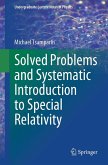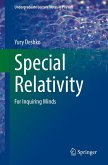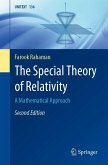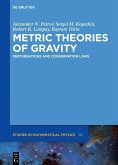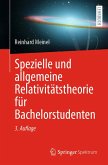The first half of this edition refines the first edition, using simple diagrams to explain time dilation, length contraction, and Lorentz transformations based on the invariance of the speed of light. The text derives key results of relativistic physics and resolves apparent paradoxes. Following a presentation of the action principle, Noether's theorem, and relativistic mechanics, the book covers the covariant formulation of electrodynamics and classical field theory. The groups of rotations and Lorentz transformations are also examined as a transition to relativistic quantum physics.
This text is aimed at graduate students of physics and mathematics seeking an advanced introduction to special relativity and related topics. Its presentation of quantum physics aims to inspire fellow researchers.
Dieser Download kann aus rechtlichen Gründen nur mit Rechnungsadresse in A, B, BG, CY, CZ, D, DK, EW, E, FIN, F, GR, HR, H, IRL, I, LT, L, LR, M, NL, PL, P, R, S, SLO, SK ausgeliefert werden.



